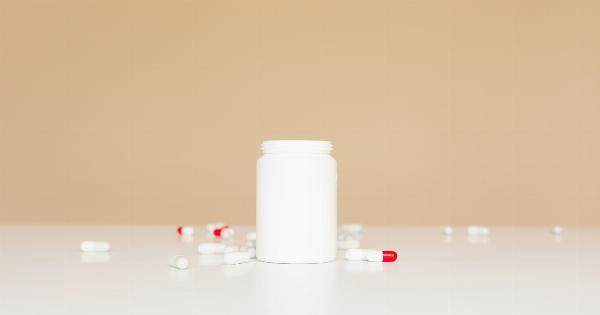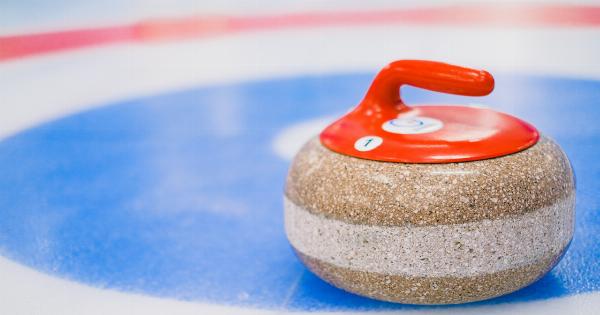Accidents happen, and cuts and scratches are a common occurrence in our daily lives.
Whether it’s a paper cut, a scrape from a fall, or a deeper wound, it’s important to know how to properly treat them to prevent infection and promote healing. In this article, we will explore five amazing ways to treat cuts and scratches effectively.
1. Cleanse the Wound
The first step in treating any cut or scratch is to cleanse the wound thoroughly. Start by washing your hands with soap and water to prevent any infection. Then, gently rinse the affected area under cool running water.
Avoid using hot water, as it may increase bleeding. You can also use mild soap to clean the area surrounding the wound.
After cleansing, pat the wound dry with a clean towel or sterile gauze. Be careful not to rub the area, as it may cause further damage. Remember, the cleaner the wound, the less likely it is to become infected.
 .
.
2. Apply an Antiseptic Solution
Once the wound is clean and dry, the next step is to apply an antiseptic solution. Antiseptics help kill any bacteria that may be present on the skin, reducing the risk of infection.
You can use over-the-counter antiseptic solutions like hydrogen peroxide or iodine to cleanse the wound. Pour a small amount onto a sterile cotton ball or pad and gently dab the solution onto the affected area.
Avoid using cotton swabs or wool as they may leave fibers behind. If you prefer a more natural approach, you can use tea tree oil, which also has antibacterial properties.
3. Protect with a Bandage
After applying the antiseptic solution, it is important to protect the wound by covering it with a sterile bandage. Bandages not only keep the wound clean but also help prevent further injury or contamination.
If the wound is small and shallow, you can use adhesive bandages or adhesive strips to cover it. Ensure that the bandage is large enough to completely cover the wound and extend beyond the edges.
For deeper or larger wounds, use sterile gauze pads or a non-stick dressing. Secure the bandage in place with medical tape or self-adhesive bandages.
 .
.
4. Promote Healing with Topical Ointments
Applying topical ointments can help promote healing and prevent scarring. There are various over-the-counter ointments available that can be applied to minor cuts and scratches.
Look for ointments containing ingredients like vitamin E, aloe vera, or petroleum jelly, as they provide a protective barrier to the wound.
Before applying the ointment, make sure to clean the wound and surrounding area again. Gently apply a thin layer of the ointment directly onto the cut or scratch.
Remember to wash your hands thoroughly before and after applying the ointment to avoid introducing any additional bacteria.
5. Monitor for Infection
Even with proper treatment, there is still a risk of infection. It’s important to monitor the wound for any signs of infection and seek medical attention if necessary.
Some common signs of infection include increased pain, redness, warmth, swelling, or the presence of pus.
If you notice any of these signs, it’s crucial to consult with a healthcare professional. They may prescribe antibiotics or recommend further medical intervention to prevent the infection from spreading.
 .
.
Conclusion
Knowing how to treat cuts and scratches is essential for everyone.
By following these five amazing ways – cleaning the wound, applying an antiseptic solution, protecting with a bandage, promoting healing with topical ointments, and monitoring for infection – you can effectively treat cuts and scratches at home. Remember, when in doubt, always seek professional medical advice to ensure the best care for your wound.






























